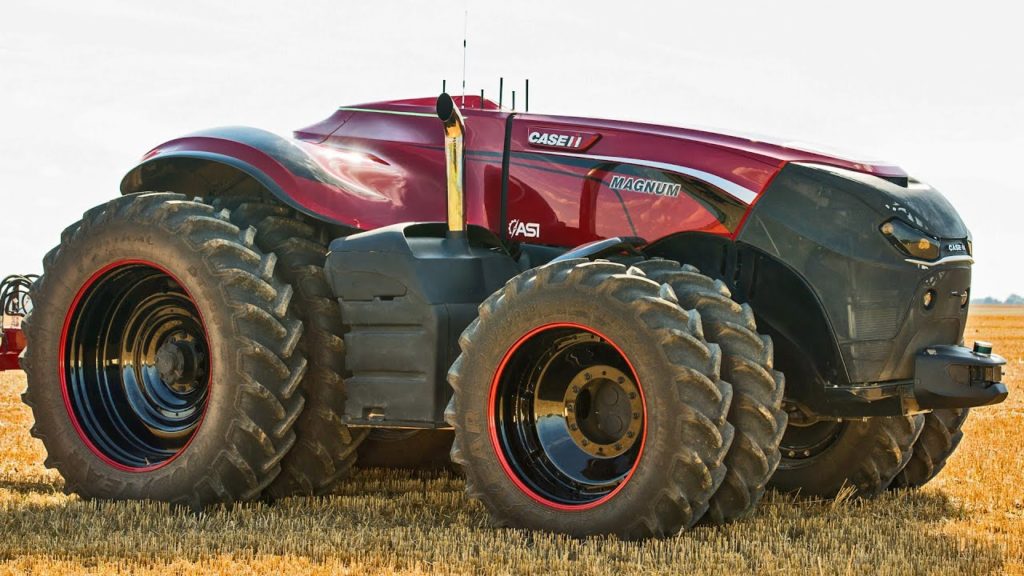In many parts of the world, robots have already hit the fields behind the wheel of autonomous farming vehicles. Driverless machines are taking over a multitude of tasks such as spraying, planting, ploughing and harvesting as farmers worldwide find ways to make the technology work for them.
The day the farm changed
As long ago as 1962, the Agri-Robot was developed by Dutch farmer Cornelis Sieling, as the world’s first completely autonomous ploughing tractor. An industry break-through seemed on the horizon and agriculture appeared ready for autonomous tractors.
Over a decade ago, the world’s biggest manufacturer of farm equipment John Deere made it public that they were moving towards autonomy. Fast forward 10 years to the company recently making the news with their elaborate autonomous electric tractor, that comes with a huge 1-kilometer long extension cord.
In Australia, companies including SwarmFarm Robotics have made it their intention for their machines to be smaller, smarter and smoother than the gigantic machinery they intend to replace.
The opportunities for efficiency
Autonomous farming equipment will essentially allow for 24/7 farm operations while farm managers operate and manage equipment from a far through hand-held devices. This machinery can tackle the worldwide challenge of finding skilled labour during peak seasons, while reaching the next level of profitability and efficiency in farming.
Many of the current technology allows a farmer to operate an autonomous vehicle manned or unmanned. Each unmanned vehicle is equipped with a series of hardware and software components that give users the chance to shift between manual and autonomous control. The prospect for farmers to manage multiple tasks has become increasingly realistic thanks to these industry relevant features.
Efficiency doesn’t always mean reliability
Clearly, the technology has already been mature for a while. With GPS, autopilot, cameras, thermal sensors and machine vision, all the components required for autonomy seem in hand. So, why aren’t we using artificial intelligence and robotics to create a picture-perfect, round the clock farm with optimal efficiency levels realised?
These vehicles may be effective, but farmers are reluctant to hand over their prized land to powerful machines, essentially capable of mass destruction. Regulatory standards are yet to be fully reworked to include such technology, generating demand for insurance companies and lawyers to explain, regulate, and assist farmers in introducing these autonomous machines to their everyday operations.
Lack of these services and issues around liability, insurance and regulation are the main obstacles preventing agriculture from really accelerating with this technology.
The lines between who is to blame if things go wrong are heavily blurred when there’s autonomous vehicles involved. The debate on who holds liability for accidents continues to be a main concern for farmers, with no definitive answer.
The legal dispute with previous automated vehicle accidents is ultimately one that plays out between manufacturer of the machine and the owner/driver of the vehicle.
Often, contracts of sale or use of autonomous farm machinery attempt to dismiss manufacturers and suppliers of all liabilities in the event of an incident. Combined with the lack of trust that farmers are currently placing on these machines, it’s clear more needs to be done to protect their livelihoods before the technology will really take-off within agriculture.
Questions
Are you implementing new or innovative machinery within your farm business? Make sure to contact your insurance broker knows about any changes so that your insurance solution is up to date. Contact us and we’d be happy to discuss your needs or give you a free quote.

